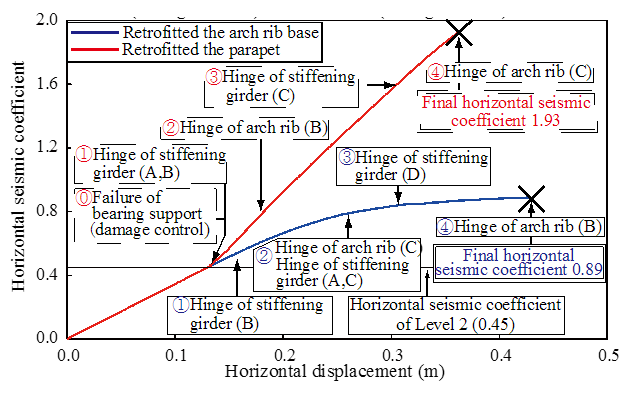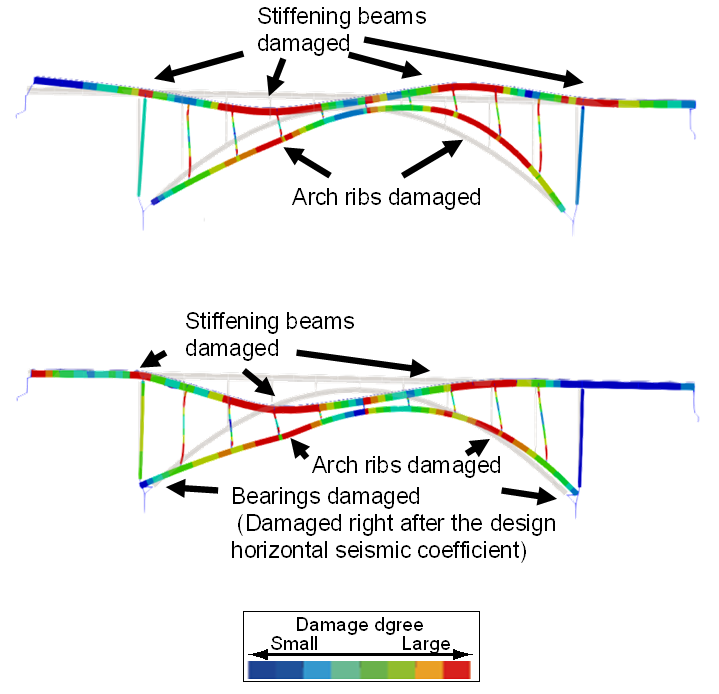In the earthquake of 2011 off the Pacific coast of Tohoku, a powerful tremor and a huge tsunami struck an extensive area of the Pacific coast, from Hokkaido to the Kanto region, causing enormous damages. Now, the large-scale earthquakes expected to hit the Nankai Trough and the Tokyo area pose imminent threats, demanding more resilience (i.e., becoming stronger and more flexible) against such potentially major earthquakes.
This research is aimed at the development of countermeasure technologies to prepare for earthquakes of unprecedented scales and the other combined disasters that follow. With these studies, we wish to devise a method to evaluate the performance of earthquake-resistant road bridges, road earthwork structures, and road /river structures, and develop and upgrade earthquake-resistant technologies. Ultimately, we hope that the practical application of the developed technologies and proposals to apply these to standards and businesses contribute to building a resilient society that can minimize the damage to its infrastructure and quickly restore its functions in the event of major earthquakes.
 Relation between horizontal displacement and horizontal seismic coefficient
Relation between horizontal displacement and horizontal seismic coefficient
 Damage state of the main member immediately before the bridge collapsed
Damage state of the main member immediately before the bridge collapsed
With the objective of establishing the concept of a structure that prevents fatal damages as much as possible and can easily recover its functions, even in the event of an action that exceeds its design earthquake motion, we are studying a method to design the damage scenario of bridges.
By assigning different strength levels to the bridge members to control the order they are damaged, the damage form of the entire bridge system changed and the seismic horizontal coefficient at which the bridge collapses improved. With this, we confirmed the possibility of reducing the chances of a bridge to collapse.
 Experiment using E-Defense to develop earthquake-resistant reinforcement technology for bridges on liquefied soil
Experiment using E-Defense to develop earthquake-resistant reinforcement technology for bridges on liquefied soil
We are studying the countermeasures for fluidization on liquefied ground through a world-class experiment using E-Defense in collaboration with the National Research Institute for Earth Science and Disaster Resilience (NIED), as well as through a collaborative research with the Tokyo Institute of Technology (Tokyo Tech) and the Japanese Association for Steel Pipe Piles (JASPP). This is one of our initiatives to further improve our seismic performance evaluation methods and earthquake-resistant countermeasure technologies for bridge foundation.